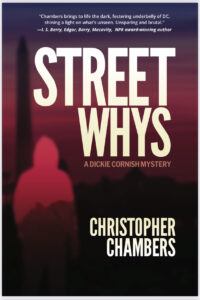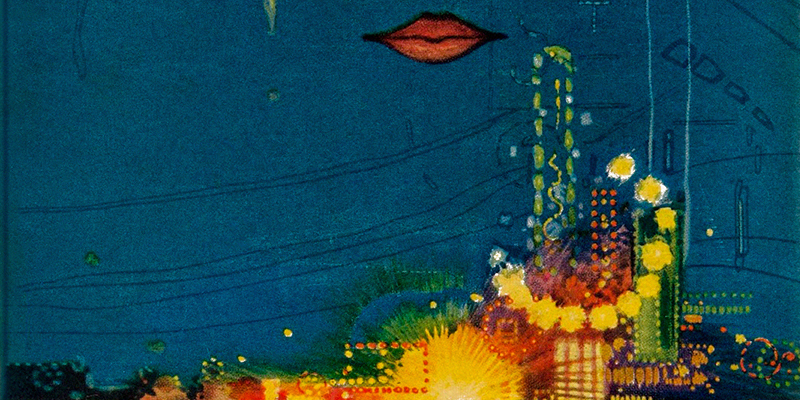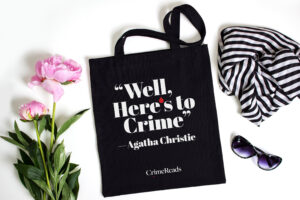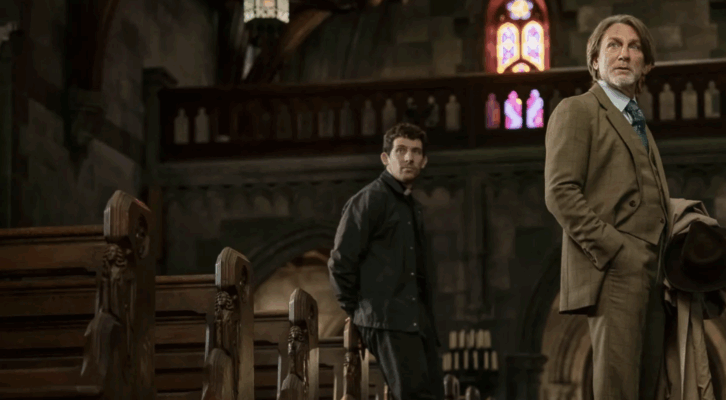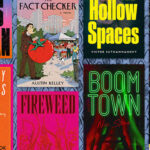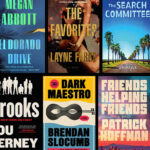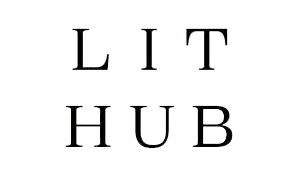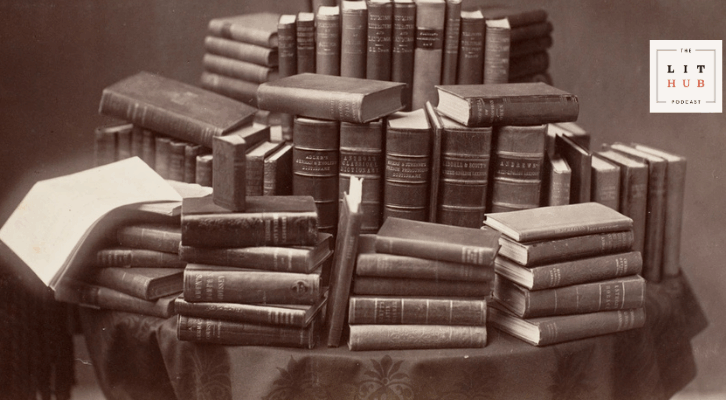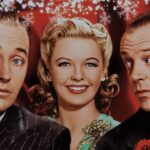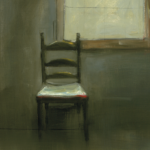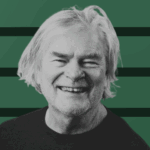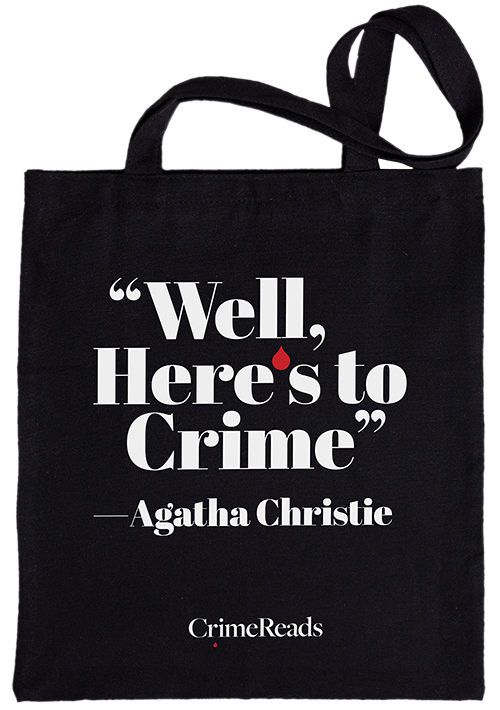I drank the high school English teacher and college lit prof Kool-Aid from jump. Never mind the glitzy-gauze then circus big top film adaptations. This was the great American Novel. One term paper and I was done with it and frankly neither the story nor its Minnesota author had anything in common with me but Princeton and his exposé thereof, This Side of Paradise.
Likewise, the paeons to F. Scott Fitzgerald from my mystery idols didn’t find much purchase with me as I began my own writing journey. “He was a dream writer and my master,” gushed hard-ass Ross McDonald. Great. “It’s a kind of subdued magic, controlled and exquisite,” opined Raymond Chandler. So? “Hemingway, Dos Passos and Fitzgerald,” mused my man Chester Himes. Cool. And indeed, to a drunk Hemingway, Dashiell Hammett—about as anti-West Egg and Tom Buchanan oligarch as one could get—scolded, “Why don’t you go back to bullying Fitzgerald? Too bad he doesn’t know how good he is. The best.” Interesting, but is he one of you? One of “us?”
But then came Hoya professor and Fitzgerald scholar Maureen Corrigan’s book And So We Read On, How the Great Gatsby Came to Be and Why It Endures (note the play on Nick Carraway’s hopeless words at the novel’s end). And recently, Lisa Levy’s essay here in Crimereads. These critical flexes put me on my heels. Is The Great Gatsby a literary Tootsie-Pop…a crime story buried in the Great American Novel?
Well, Levy says it’s all noir, citing Laura Lippmann’s definition wherein “Dreamers become schemers.” Levy even dips a toe into my genre, quoting a character from HBO’s “The Wire” speaking to real-life crime master Richard Price (playing a prison lit teacher): “Gatsby, he did what he did. Because he wasn’t ready to get real with the story, shit caught up to him.” Hell, look at Gatsby’s killer Wilson and his wife Myrtle, scheming and hustling in Queens, home of the ash heaps and landfills as Dr. Echelberger peers on, unblinking. “Fitzgerald’s writing might be soft-scrambled rather than hardboiled, but the argument for a reading of Gatsby as noir is complex and compelling.”
Sure, Corrigan’s deeper dive illuminated themes of the deception and destructive self-delusion. Yet evidence of Gatsby’s crime pedigree was common sense: “Fitzgerald chose to make Gatsby a gangster.” Moreover, the man’s very name “Gat” was slang for gun and remains so for a nine-millie in some communities. The obscure 1949 film adaption based on George Cukor’s 1925 stage version has Alan Ladd in full film noir trenchcoat gear, his crew in tow, toting a smoking Tommy Gun…with Daisy filling the femme fatale trope. No accident, as this was how the story was perceived a century ago: a Jazz Age patina encrusting a bit of domestic suspense or telenovela longing, fakery, rage, lust making people do base things. Indeed, Corrigan shows how, in addition to The Curious Case of Benjiman Button, Fitzgerald published mystery and proto-psychological thriller short fiction, pre-Gatsby and even pre-Princeton as a sort of warm-up to novel-crafting.
Case closed? Not quite. Okay, the novel’s a Tootsie-Roll, I’ll admit—yet what was truly the chewy center and what was candy? I began to look at Gatsby as Fitzgerald’s stylized, slightly sterilized selfie of that moment in America, his true “echo” of the “Jazz Age.” And that moment wasn’t about flappers, flivvers, gin and orgies. No wonder writers like Hammett and Himes could also find co-sanguinity.
Instead, the “patina” was the Roaring Twenties idyl, masking the bigotry, want and violence of the times. The “reality” as teased by Corrigan was that this man was laundering gangster blood money through the allegorically phony bond market (poor Nick’s chosen Wall Street hustle). He was a handsome vanilla front, a homunculus, an artifice beyond “James Gatz” …floating above the blood and bullets on the street until a bullet claimed him. “Whiteboy Rick” with a better wardrobe. Michael Fassbender in Cormac McCarthy’s The Counselor; Bendini Lambert & Lock in Grisham’s The Firm.
Wolfsheim, with his dental cufflinks, is real-life Arnold Rothstein viewed through Fitzgerald’s soft filter. Beneath the Tom Buchanans and even the Midwestern Fitzgeralds were huddled masses of immigrants who bore as parasites Rothstein’s mentors Jack Zelig and Kid Twist. Rothstein built on their legacy to invent a hedge fund form of mobstering: laundering money earned from thuggery—heroin and opium, gambling, brothels, hijacking—through legit enterprises with a return-on-investment. With Prohibition the model went super-nova. Rothstein’s bloodthirsty contractors were “Dutch Schultz” Flegenheimer, “Lepke” Burkhalter, Johnny Torrio; his eager proteges were Meyer Lansky, Benny Siegel. And he mentored Lansky’s young Italian friends—boys named Luciano, Costello, Capone. He taught them how to dress and how to topple the old-world farts who’d been his clients—Masseria, Maranzano, Colosimo. All this while innocent Italian immigrants endured slums and abuse: lynchings in New Orleans, hatred as exemplified by the Sacco and Vanzetti trial.
Yet was Wolfsheim more diabolical than Dan Cody, the young Gatz’s first mentor? Cody gouged copper from the bowels of West. Yes, on the backs of miners and the poor like young Gatz’s own family, on the land of exterminated indigenous people, or where Mexican mestizos were expelled, abused, lynched…
…and speaking of lynching, what of the inventors of Jazz? During the First World War, Gatsby/Fitzgerald was stationed in the brutal Jim Crow South, from which huge numbers of black families were escaping in the Great Migration north. This Jazz Age witnessed thousands of Klansmen marching proudly down Pennsylvania Avenue in Washington, D.C. This Jazz Age suffered murderous race riots, from the South to Chicago and Indianapolis. It was Rosewood, it was Tulsa. It was thousands of men, women and children forced into chain gangs or peonage servitude. Lynched, raped, even burned at the stake for attempting to vote, for a reckless look. And yet the suffering begat blackfolk’s musical gift to a nation that shunned or reviled them. Just so Gatsby could bait Daisy with parties. A soundtrack to excess, murder and graft. Indeed, Arnold Rothstein bankrolled countervailing black criminals of Gatsby’s Jazz Age Harlem: Madame Stephanie St. Clair and her teenage enforcer Bumpy Johnson, or Caspar Holstein, the Bolito King.
Outside of West and East Egg, most people didn’t have the luxury of dreams. Only survival. For the ones who morphed into thugs, mob bankers, murders, swindlers—their schemes begat hustles, violence or peddling of flesh, weed, blow, heroin, booze…and now fentanyl, pills,
crypto-grifts.. Who says crime doesn’t pay…so long as it allows you to dream, for it’s means to make those dreams come true.
The only difference between Gatsby and such bad folk— expounded on through Fitzgerald’s poetry—is that Gatsby’s dream was the antecedent to the ugliness of the times, rather than the product. Aspiration, packaged in Daisy, was his obsession, rather than the trappings or tools. He could have had Tom Buchanan wacked in a drive-by at the Yale Club. He didn’t. His dream was deeper, and he died for it. The English teachers and the lit profs weren’t deceiving us—they merely got us tangled up in studying the dream.
Accordingly, this literary Tootsie-Pop is not a crime story chewy center surrounded by the candied Great American Novel. Just the opposite. Fitzgerald wrote the Great American Novel…and buried it in another American construct. A crime story.
I’m convinced…
***
